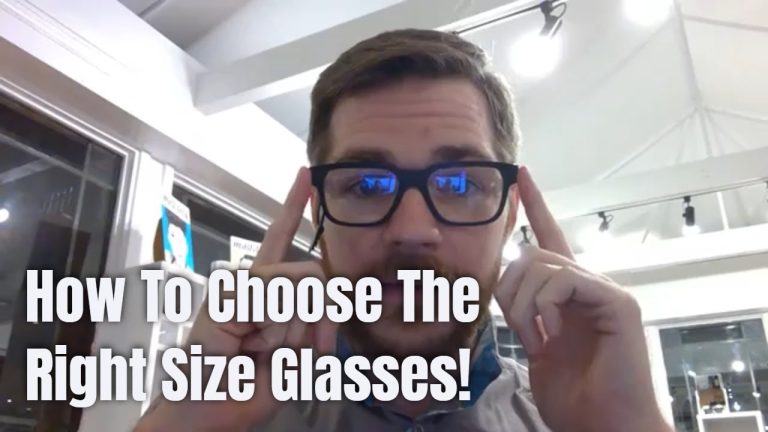The Importance of Eye Safety in the Aviation Industry
As we all know, the aviation industry is a highly demanding and risky field. Pilots, cabin crew, ground staff, and even air traffic controllers have to work in various challenging environments while ensuring passengers’ safety. One of the most critical aspects of aviation safety is eye safety, and it is often taken for granted. In this article, we will discuss the importance of eye safety in the aviation industry and the measures that need to be taken to ensure it.
Risks to Eye Safety in Aviation
Eye injuries are prevalent in the aviation industry due to several factors. The most common risks to eye safety include UV radiation, exposure to chemicals, and direct eye trauma. Pilots face a considerable risk of eye injury from prolonged exposure to UV radiation during flights. Air traffic controllers are also at risk of eye injury due to prolonged exposure to computer screens and bright visuals.
Ground staff are at risk of eye injury from exposure to hazardous chemicals, including fuels, hydraulic fluids, and cleaning solvents. Debris and dust can also cause eye injury, which is common during engine maintenance.
Consequences of Eye Injury in Aviation
Eye injuries in the aviation industry can have severe consequences. Eye injuries can result in permanent damage, including blindness. In a career where vision is essential, having an eye injury can lead to a suspension of activities that require visual capabilities, such as flying or controlling aircraft safely.
Preventive Measures for Eye Safety in Aviation
To ensure eye safety in the aviation industry, preventive measures need to be taken. One of the most vital measures to take is to ensure that all personnel are wearing the appropriate eye protection gear. Pilots, air traffic controllers, ground crew, and other personnel must wear eye protection devices such as sunglasses, eye shields, or goggles depending on the work environment. These glasses should protect their eyes from UV radiation, exposure to chemicals, and flying debris.
Another preventive measure to take is to ensure that work environments are clean and free of debris. Regular maintenance of aircraft engines and ground equipment, as well as the use of safe cleaning chemicals, can prevent exposure to harmful debris and chemicals, reducing the risk of eye injury.
Conclusion
Eye safety in the aviation industry is crucial. It is necessary to be aware of the potential risks and take preventive measures to ensure that personnel can continue performing their duties safely. Wearing appropriate eye protection gear and ensuring the work environment is clean can prevent eye injuries that can have severe consequences.
By taking proper measures to ensure eye safety, we can reduce the risk of eye injury and help personnel work in challenging environments with confidence and stability.
- UV radiation, exposure to chemicals, and direct trauma to the eyes are common risks to eye safety in aviation
- Eye injuries can lead to permanent damage, including blindness, leading to suspension of activities that require visual capabilities
- To ensure eye safety in aviation, personnel must wear appropriate eye protection gear and ensure that the work environment is clean and free of debris
Contents
Most wanted in Hoya Vision:
What are prism eyeglass lenses?
Hoya Lens Engravings
What brand lenses does Costco use?
What does +0.25 mean on an eye test?
Do tinted glasses help with migraines?
Should eyeglasses cover eyebrows?
Hoya Identification Chart
What LED light is best for broken capillaries?
Does hyperopia worsen with age?
What is the difference between Ray Ban RB and Rx?
















